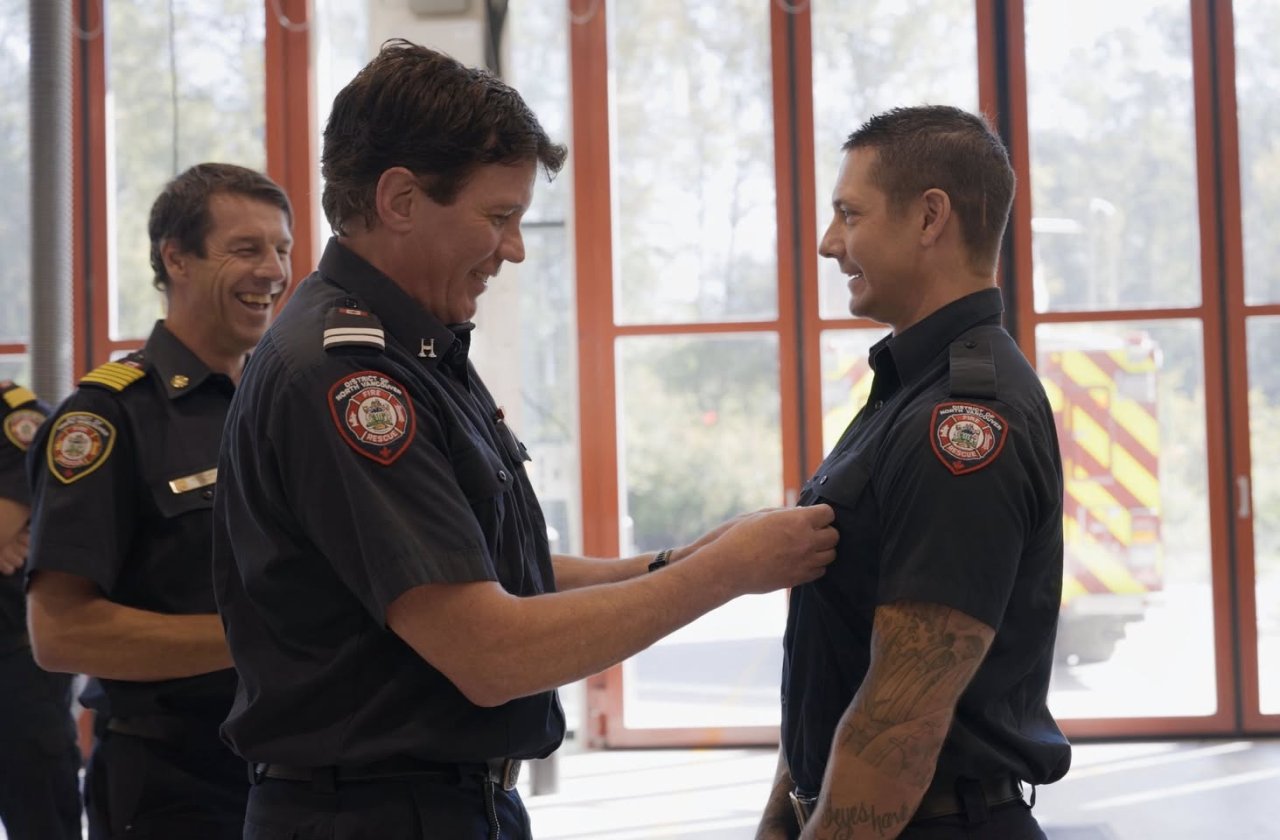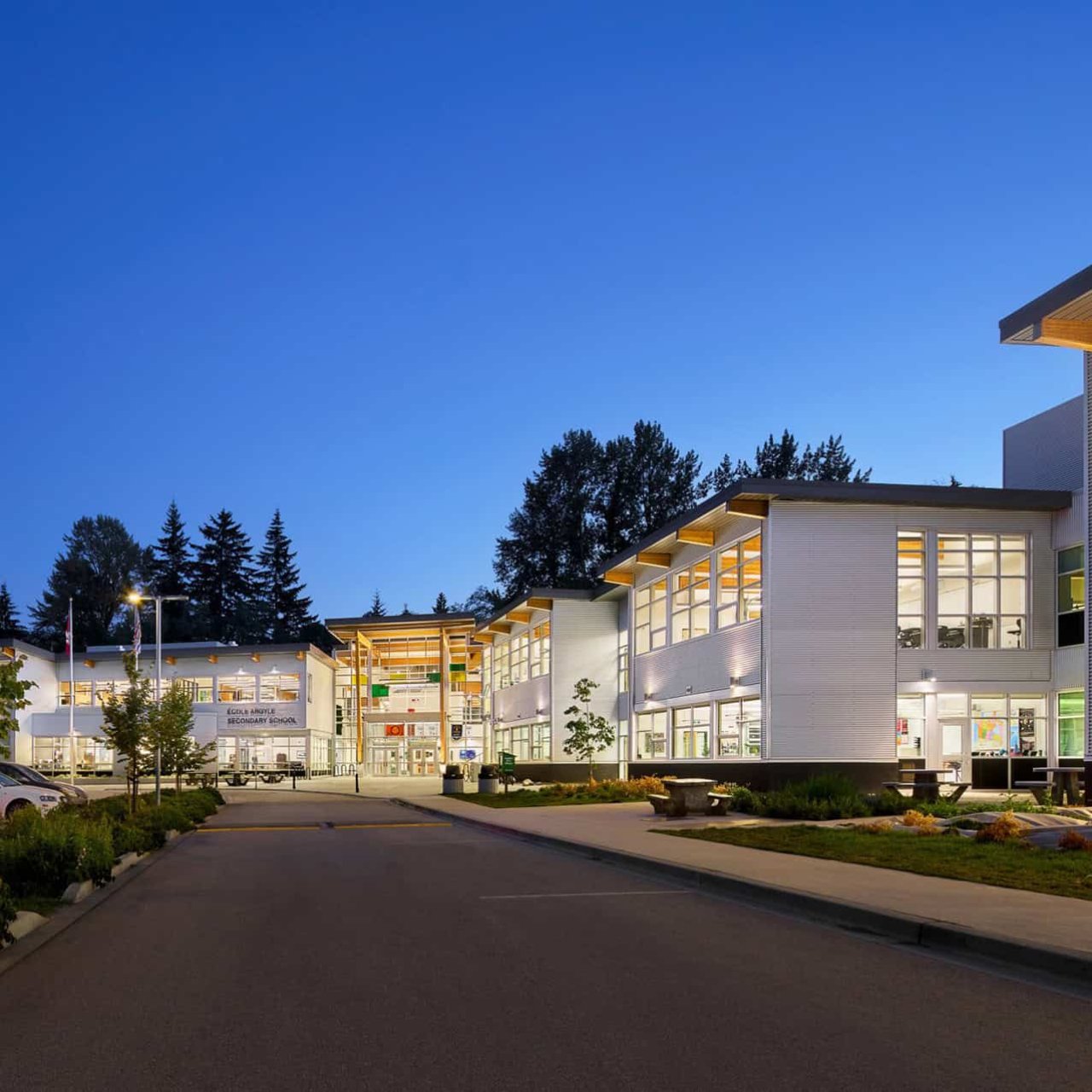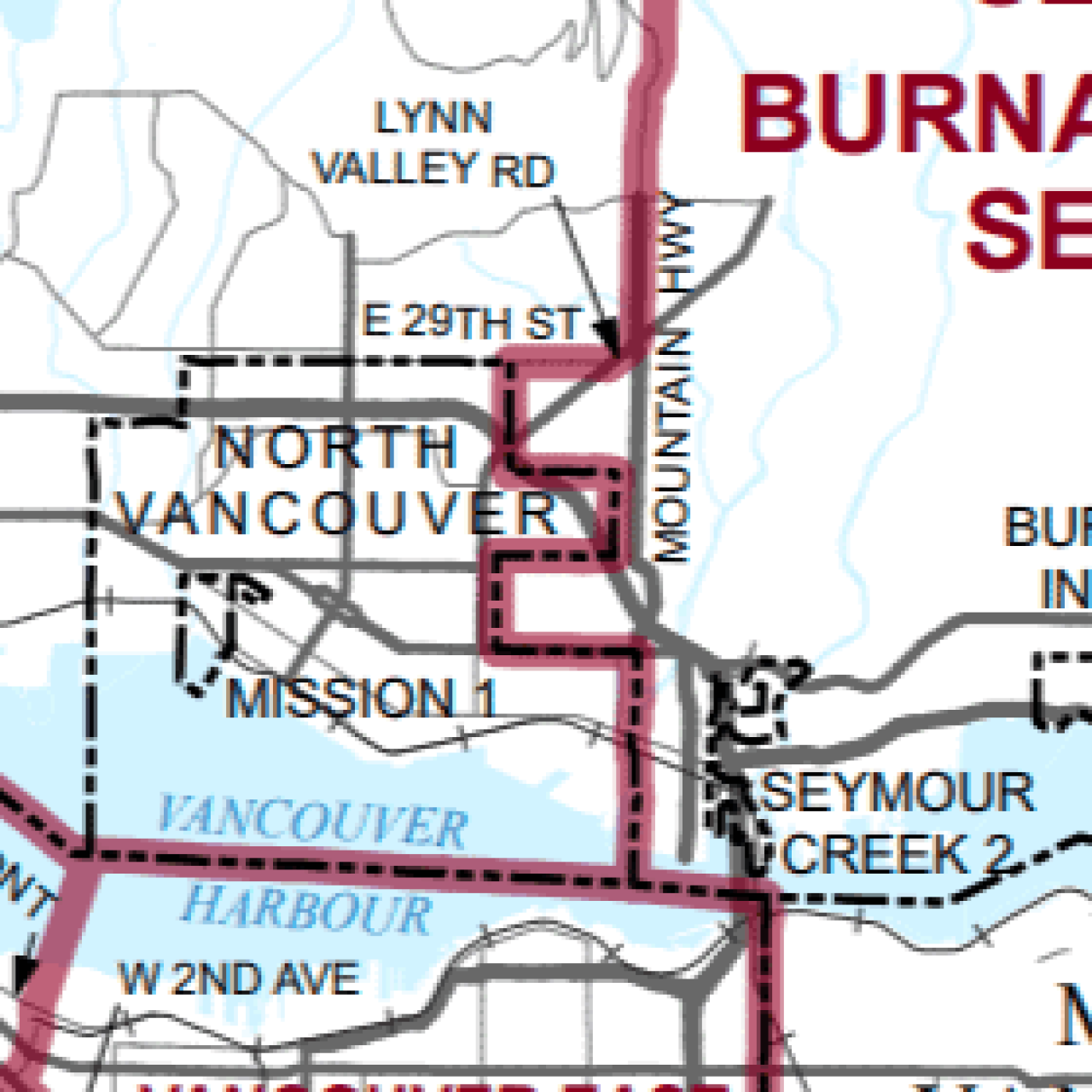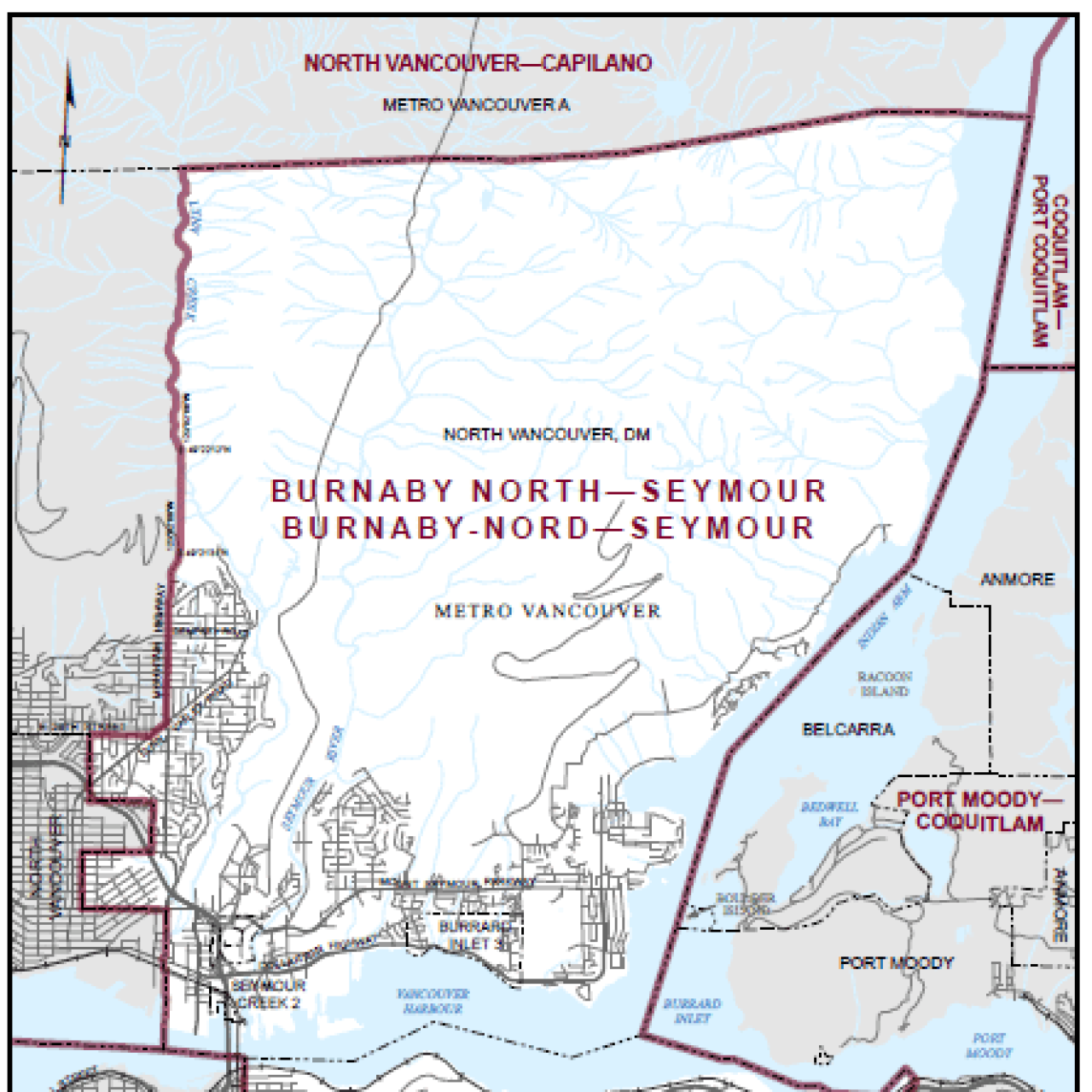News
& Events
Hi there neighbours, and a very warm welcome to our blog. Where the real news of a community is shared. Sit down and stay awhile…. and check back regularly, so we can keep you in the Lynn Valley loop.
Filter by Category

December 4, 2025
Help Send the Argyle Rugby Team to Argentina

December 4, 2025
From End of the Line to the Pro Rink

December 3, 2025
Lynn Valley Library Hosts North Shore Authors Book Sale

October 7, 2025
Local Heroes Save Lives

October 6, 2025
Halloween Dovercourt Crypt Fun

June 6, 2025
Mentor a student, help shape a life

May 8, 2025
April 2025 Election Results

April 20, 2025
Burnaby North-Seymour Candidates
Community Calendar
-
Dec 266:30 PM - 8:30 PMRoyal Canadian Legion Branch 114, 1630 Lynn Valley Rd, North Vancouver, BC V7J 2B4, Canada
-
Dec 27
Meat Bingo
2:00 PM - 4:00 PMRoyal Canadian Legion Branch 114, 1630 Lynn Valley Rd, North Vancouver, BC V7J 2B4, Canada -
Dec 28
Prenatal Yoga
11:00 AM - 12:00 PMMollie Nye House -
Jan 2
Meat Draw and 50/50
6:30 PM - 8:30 PMRoyal Canadian Legion Branch 114, 1630 Lynn Valley Rd, North Vancouver, BC V7J 2B4, Canada



